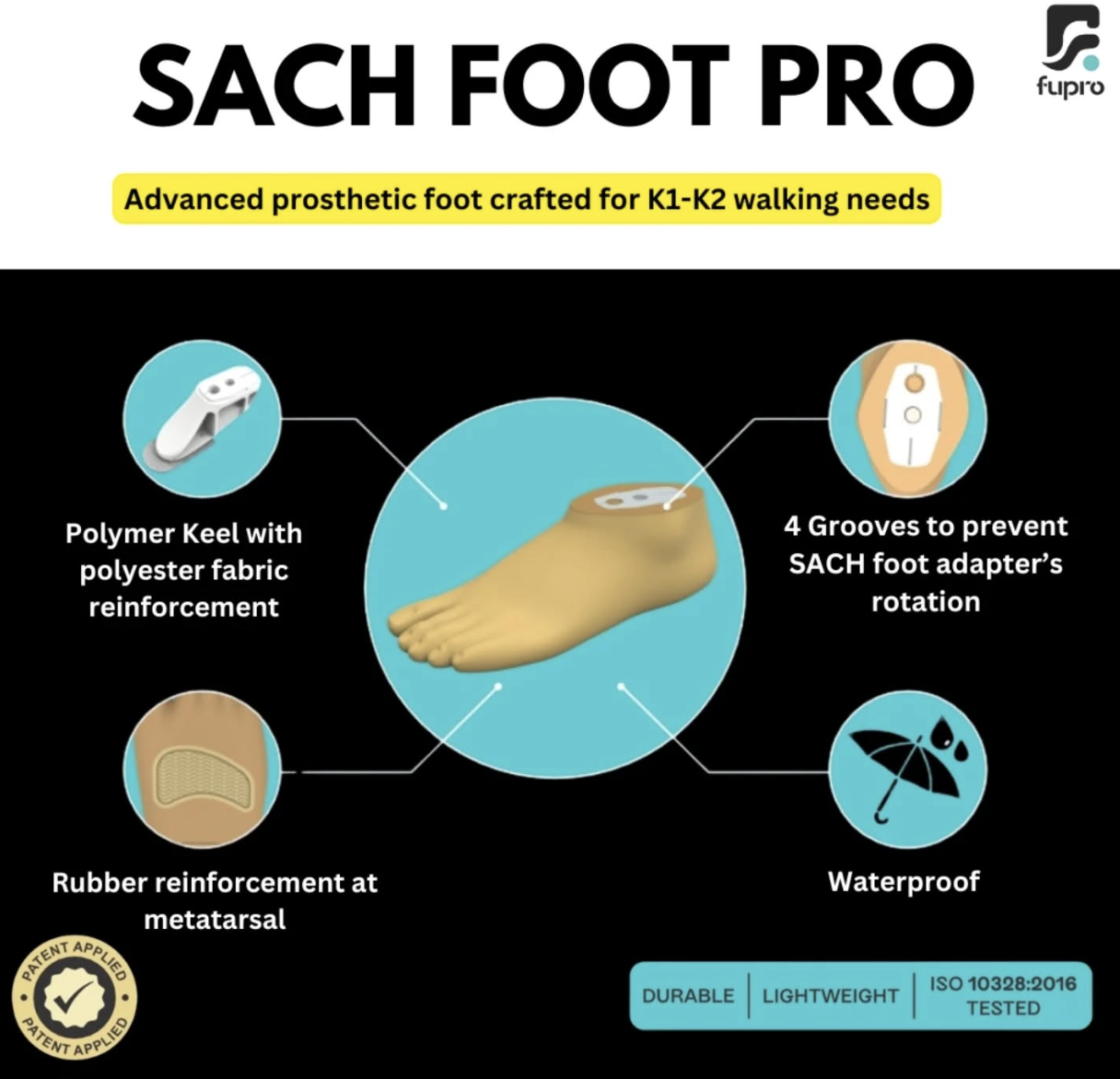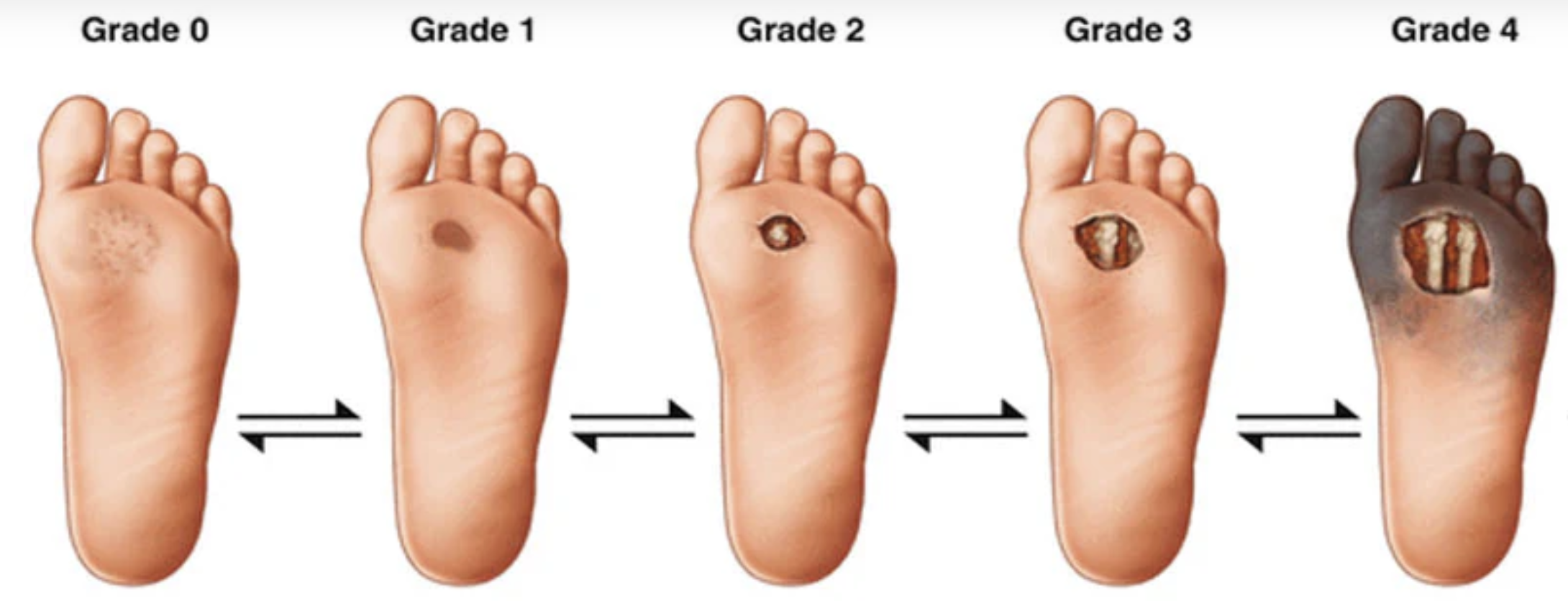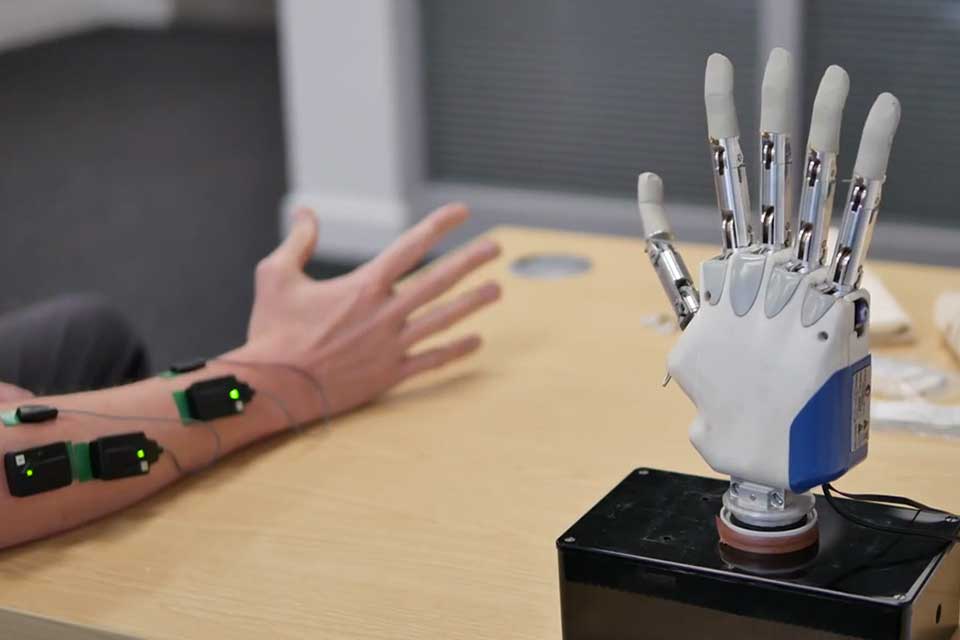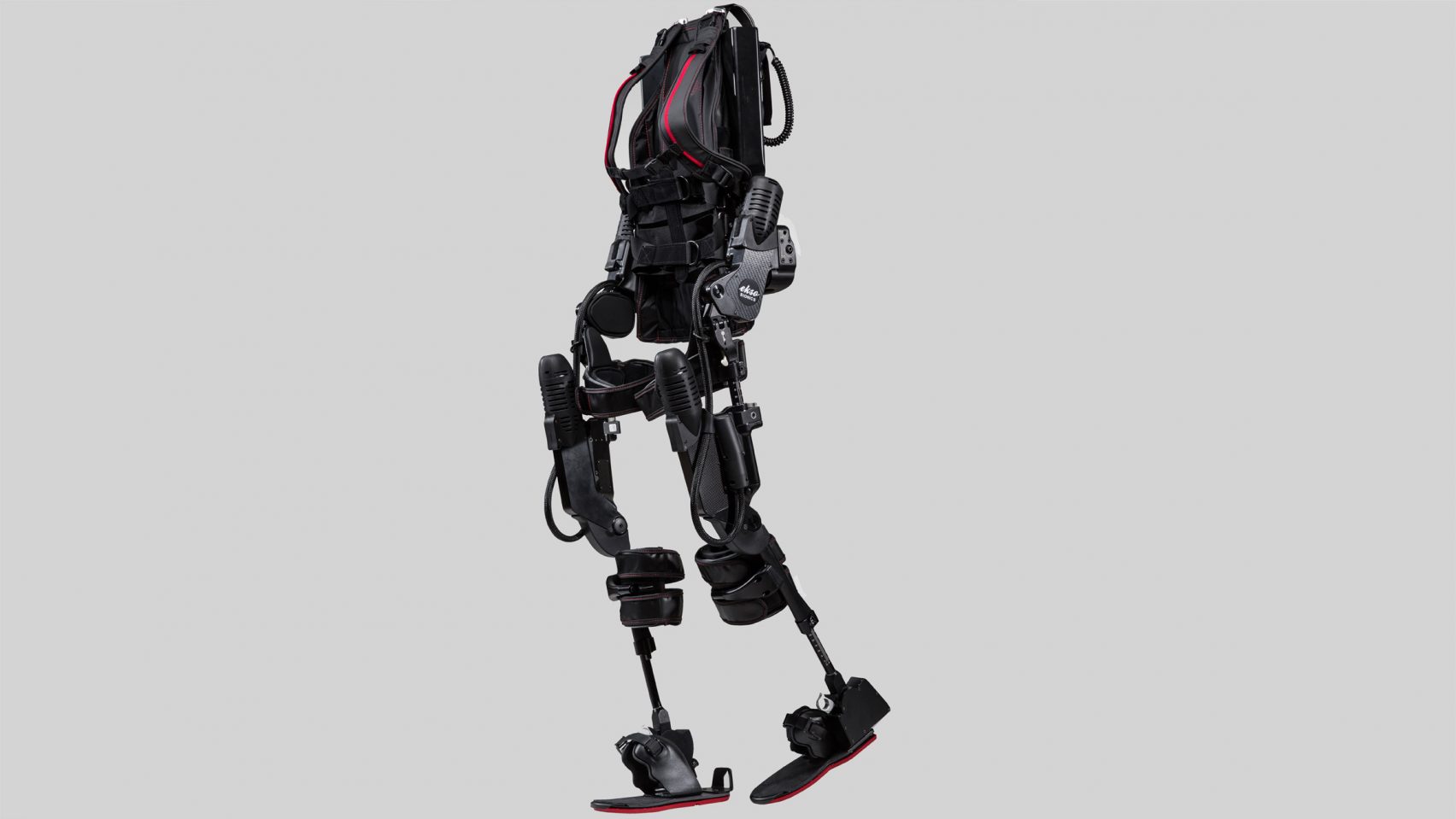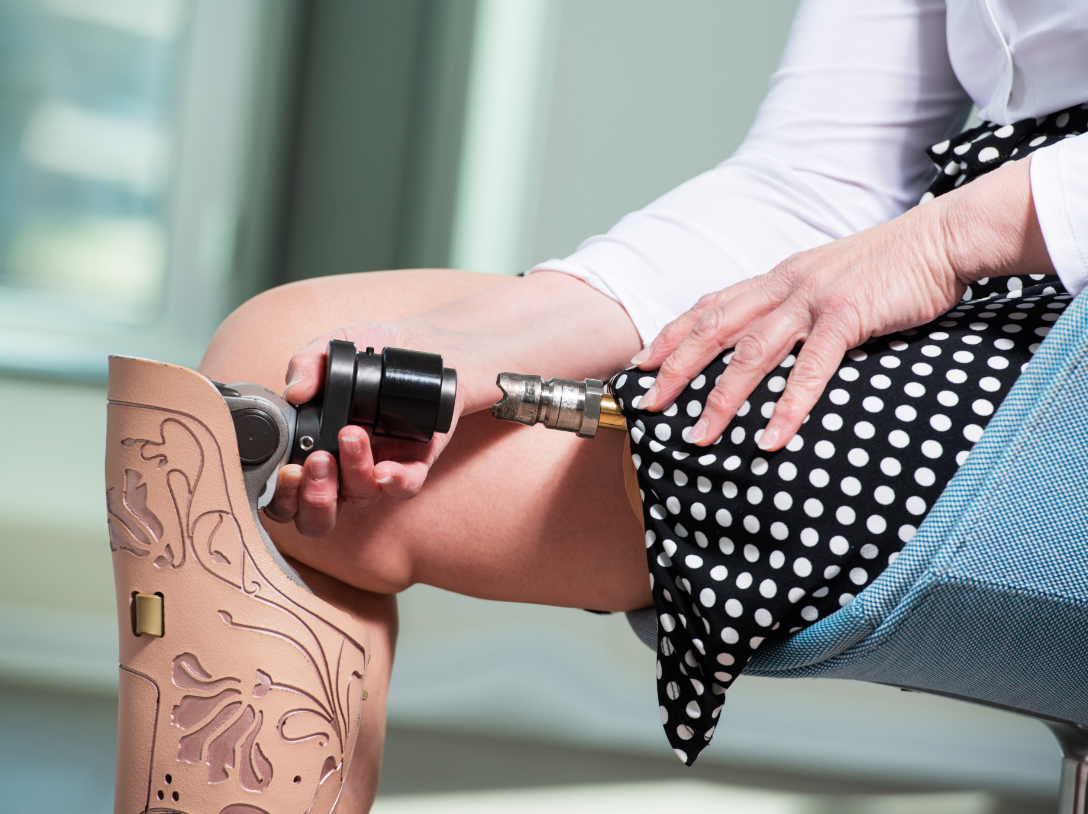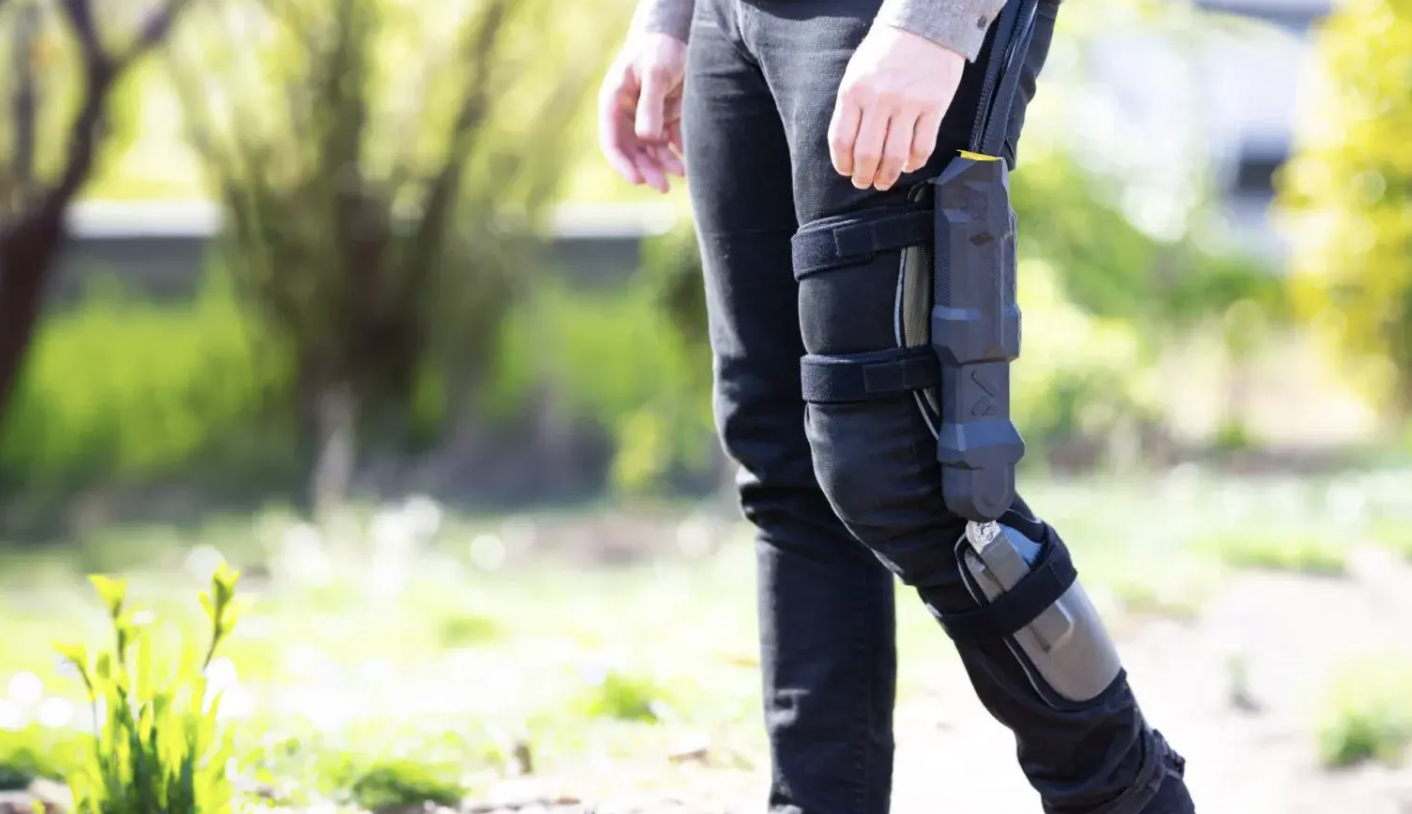Hanger, Inc. today announced that findings from a recent study conducted by the Hanger Institute for Clinical Research and Education and the University of Washington were recently published in the open-access journal PLOS One. The article, "Development and Initial Validation of the Orthotic Patient-Reported Outcomes – Mobility (OPRO-M)", describes a new patient-reported outcome measure developed specifically for individuals who use lower limb orthoses.
To create the OPRO-M, study investigators administered candidate questions to more than 1,000 lower limb orthosis users in a national survey. The collected data were used to calibrate select questions to a single measurement scale using a methodology called item response theory. The authors constructed 12- and 20-item shortened versions (“short forms”) of the instrument designed for use in clinical care and research.
“Despite the clinically recognized benefits of lower limb orthoses, there is limited scientific evidence available to demonstrate their real-world effectiveness,” said Dr. Geoff Balkman, assistant professor of rehabilitation medicine at the University of Washington and first author of the article. “Self-report measures like OPRO-M can help clinicians and researchers more effectively assess those outcomes that matter most to patients.”
The OPRO-M was able to detect differences between participants grouped by type of paresis, number of comorbidities, type of orthosis, fall history, and assistive device use. Study investigators also found strong positive correlations between OPRO-M and previously-validated surveys designed for other patient populations. Collectively, these findings indicate that OPRO-M can effectively measure mobility of lower limb orthosis users and help clinicians identify where possible improvements can be made.
“The OPRO-M study empowers the orthotics and prosthetics community to effectively measure the mobility of orthosis users,” said Phil Stevens, vice president of clinical affairs at Hanger. “We are grateful to our collaborators at the University of Washington for their efforts in helping us propel the industry forward by improving the ability to measure key health outcomes in this patient population.”
The OPRO-M short forms and user guide can be found at http://opro-m.org.
More information on the Hanger Institute and the OPRO-M study can be found on the Hanger Institute’s website: https://hangerclinic.com/for-professionals/hanger-institute/clinical-research/published-research/


